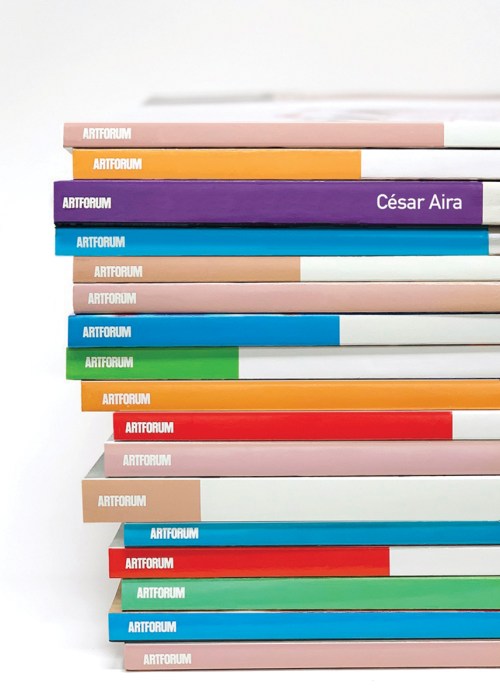 SOUNDTRACK: JONATHAN BISS-Tiny Desk (Home) Concert #126 (December 14, 2020).
SOUNDTRACK: JONATHAN BISS-Tiny Desk (Home) Concert #126 (December 14, 2020).
 This is the first of three Tiny Desk Home Concerts to honor Beethoven’s 250th birth anniversary.
This is the first of three Tiny Desk Home Concerts to honor Beethoven’s 250th birth anniversary.
Biss is uniquely qualified for the task at hand. The 40-year-old pianist has recorded all 32 of Beethoven’s freewheeling sonatas, performed them worldwide and has taught an online course in the music.hat’s impressive. Still, what’s more astounding is the personal story behind Biss’ obsession with Beethoven. The recording project alone took nearly 10 years and the things Biss says he gave up – relationships, even his sense of self – in order to live the dream is heartbreaking. The pandemic has shut down the life and livelihoods of many musicians, and for Biss the down time offered space to confront his relationship to Beethoven and his own demons. He tells his story in a raw and insightful audio memoir called Unquiet: My Life with Beethoven.
You can hear some of Beethoven’s own struggle in these perceptive performances. The bittersweetness of the Bagatelle Op. 126, No. 1, the moments of fragility in the Sonata, Op. 90, and the interior perspective that reaches outward from the Sonata Op. 109, all prove that Beethoven’s music is as meaningful today as ever.
Jonathan Biss is a chatty pianist. After playing the lovely if brief “Bagatelle in G, Op. 126, No. 1” (it’s under 3 minutes), he explains that the six bagatelles were the last thing Beethoven ever wrote for the piano.
He also jokes that he had the overwhelming urge to introduce himself via the “invent your NPR name” by inserting your middle initial somewhere in your first name and your last name is the most exotic place you’ve ever traveled.
He says that didn’t expect to be drawn back to Beethoven during the pandemic because hos music is so intense and so much. He thought he’d rather be drawn to comfort food. But he can’t get away from Beethoven.
The pandemic has sidelined many big Beethoven birthday plans. Jonathan Biss was slated to play concerts around the globe in celebration of the 250th anniversary of the composer’s birth. Instead, he’s home in Philadelphia. So it’s no surprise that for this all-Beethoven Tiny Desk concert, Biss chose music that explores the composer’s own isolation, brought on by deafness and an uncompromising personality.
He talks about cancelling his tour in March. He came home and decided to read more–do he randomly picked out How to Be Alone as if the fates were telling him something. Biss feels that beethoven provided a guide to being alone. He was alone for most of his life–his personality was rather off putting, but he was also functionally deaf–the most profound form of isolation. He retreated into his imagination to create these songs.
“Piano Sonata in E minor, Op. 90: I. Mit Lebhaftigkeit und durchaus mit Empfindung und Ausdruck” is a piece that shows his vulnerability–a rare things for Beethoven.
He plays the first two movements of “Piano Sonata in E, Op. 109: I. Vivace, ma non troppo — Adagio espressivo, II. Prestissimo.” You can hear him humming an grunting along.
He signs off with his “NPR name” which I can’t quite make out. Then he concludes with the final bagatelle, “Bagatelle in E-flat, Op. 126, No. 3” which ends by drifting into the ether.
[READ: January 1, 2021] The Linden Tree
I’ve had a few César Aira books sitting around that I wanted to finish and the beginning of a new year seemed like a great opportunity.
It’s not always clear if his stories are fiction, non-fiction or some combination of the two. The back of this book calls it a “fictional memoir,” as if that clears things up. Chris Andrews translated this fictional memoir.
The book opens with the narrator explaining that his father used to go into the town square to take leaves and flowers from the linden trees (in particularly one unusually large tree) and make a tea out of them. This had some kind of regenerative properties for him–they cured his insomnia at any rate.
From there, as happens with Aira stories–it goes everywhere.
About a different Aira story Patti Smith once wrote:
I get so absorbed that upon finishing I don’t remember anything, like a complex cinematic dream that dissipates upon awakening.
And THAT is exactly the way Aira books work for me too. I have to go back through them just to try to remember the details.
So, in this story the narrator’s father is black (mixed race marriages were unusual in Pringles at the time of their marriage). His mother, who he praised for marrying a black man, was also flawed in many ways, including being very short and very bossy.
But the main thing about this story is the rise and fall of Peronism. (more…)
Read Full Post »



















